If you want to effectively control pests in your garden, you should use appropriate methods to eliminate those threads, such as pesticides. Many insects are actually useful in the garden, but they can become pests when they start damaging your plants. If you want to keep the pest problems to a minimum and have a flourishing garden, you should practice cultivation methods, garden hygiene, and introduce useful pesticides.
Look below to find more about pesticides and a few types that can be useful to your garden.
When and how to use pesticides
Before you start using pesticides, you should consider whether treatment is necessary, as non-chemical remedies are often sufficient. Note that even with the best cultivation regime, pests can spoil or even kill your plants. This is often due to weather conditions favoring pests and diseases. For example, wet weather leads to slug damage, while hot weather leads to glasshouse red spired mites and aphids.
Although the safety record of using garden pesticides is good with only a few accidents reported, they can still cause pollution if label instructions are not followed or improper disposal methods are used. You must also consider pesticide storage cabinets that provide the necessary security to individuals that handle and store pesticides and poisons. In addition, make sure you use safety equipment such as gloves, respirator, goggles, hat, etc. when the pesticide is used.
Types of pesticides
Ready-to-use (RTU) pesticides
Ready-to-use pesticides are perhaps some of the most diverse and convenient types of pesticide formulation. They’re also known as ready-to-spray (RTS) pesticides and are specially made for residential homeowners and pest control novices, as they’re quick, easy, and hassle-free.
RTU pesticides contain a pesticide active ingredient that’s pre-diluted with deionized water, which you can easily apply according to the label directions. These types of pesticides are best for people who want a quick and convenient method of pest control. Some RTU products let you adjust the nozzle to zero in on specific insects and areas, which comes in handy when you want to skip certain plants or avoid open blooms.
Dusts
Dusts are dry products consisting of fine, powder-like particles. They’re easy to use and effective, as they can reach into tiny crevices to find the insects. Some of the pesticide dust products come in simple shaker containers while others need a separate applicator tool called a duster.
Dusts are very handy in many pest control treatment programs as they retain their insect-killing powder over a longer period. Keep in mind that they’re always used dry, and are often used for seed treatments. The great thing about them is that there are various effective options, and some of them are environmentally friendly and safe around pets and humans.
Granules
Among the best kinds of pesticide formulations to use when treating pests outdoors and around the garden, are granules. They’re contents of an insecticide liquid in dry granular form and work well on ants, chinch bugs, and other common lawn pests and also around the above-ground pool. Rather than being sprayed, they’re impregnated in organic material such as ground-up clay, sand, or other dry and solid substances that can be bagged and spread around the garden.
They’re similar to dust formulations, the only difference being that granules are heavier and larger. The active ingredient in granules is either coated around the outside or absorbed. They also contain newer chemicals that are much safer for people and pets, as well as the environment. Note that some types of granules require the soil to be moist.
Pellets
Sometimes using conventional liquid pesticides may not work due to the pest developing resistance, so the best kind of pesticide to use may be a dry formulation like an insecticide pellet. These are similar to granular insecticide formulations but a bit larger, and some of them are formulated to withstand rain or sprinkling.
They are fast-acting and most effective when scattered evenly in the soil around the damaged plants. Pellets can be the perfect solution to protect your flourishing garden from slugs, ants, and earwigs. Some types of pellets require the soil to be moist or for the product to be made wet to release the active ingredients. One of the most effective ways to apply pellets to your garden is to use a seeder, hand-held spreader, or lawn spreader.
Final thoughts
Most plants can tolerate a few insects feeding on them before there’s any noticeable drop in quality, and keep in mind that the chemicals listed can vary in toxicity, so you must use them with caution and according to the label. You should also consider using the least toxic approach possible, but also design a plan around methods that have the most chance of success.


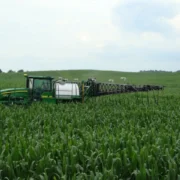
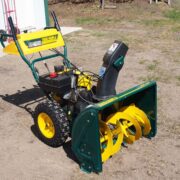
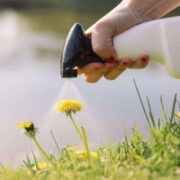
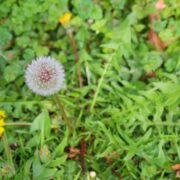
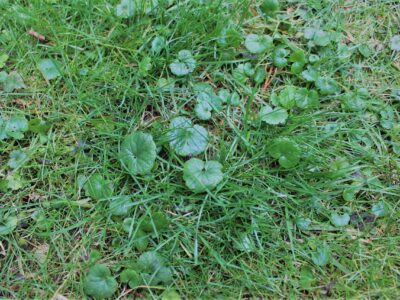

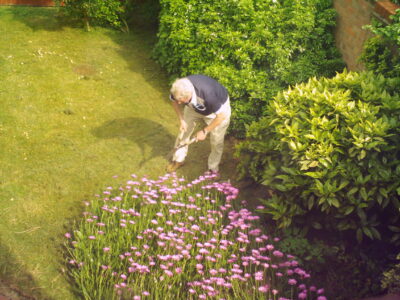
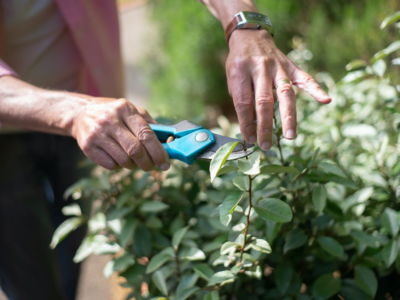
Comments